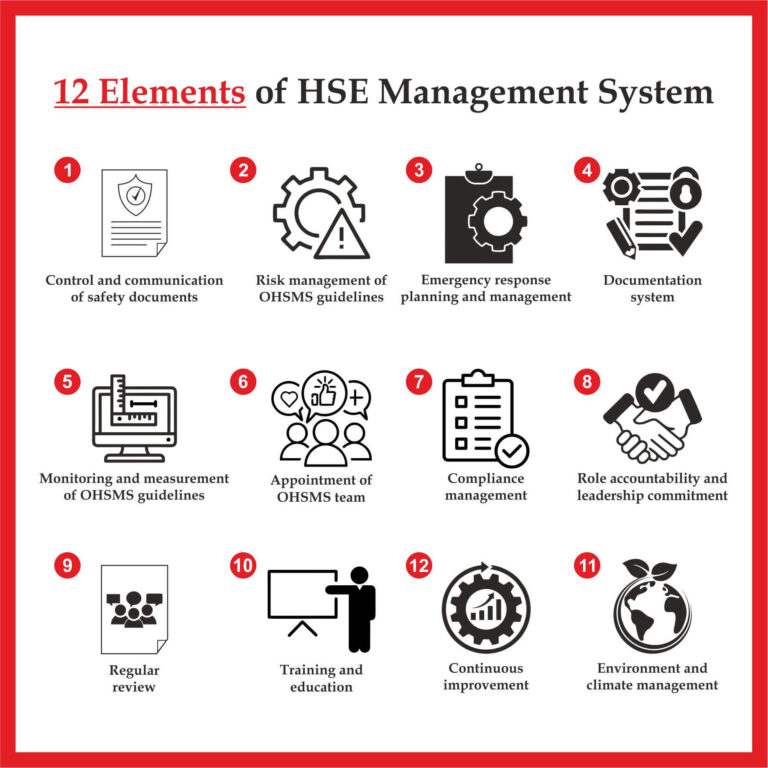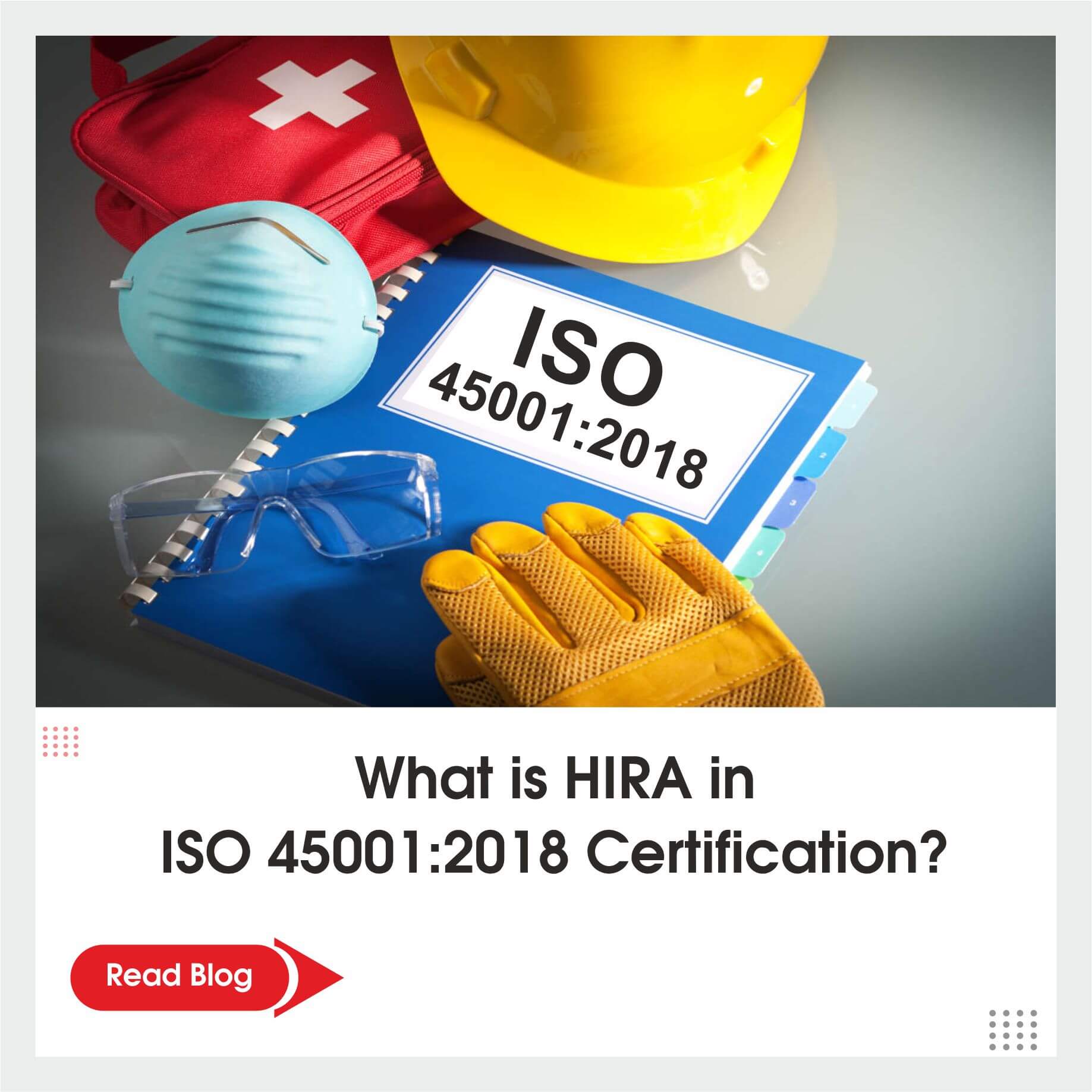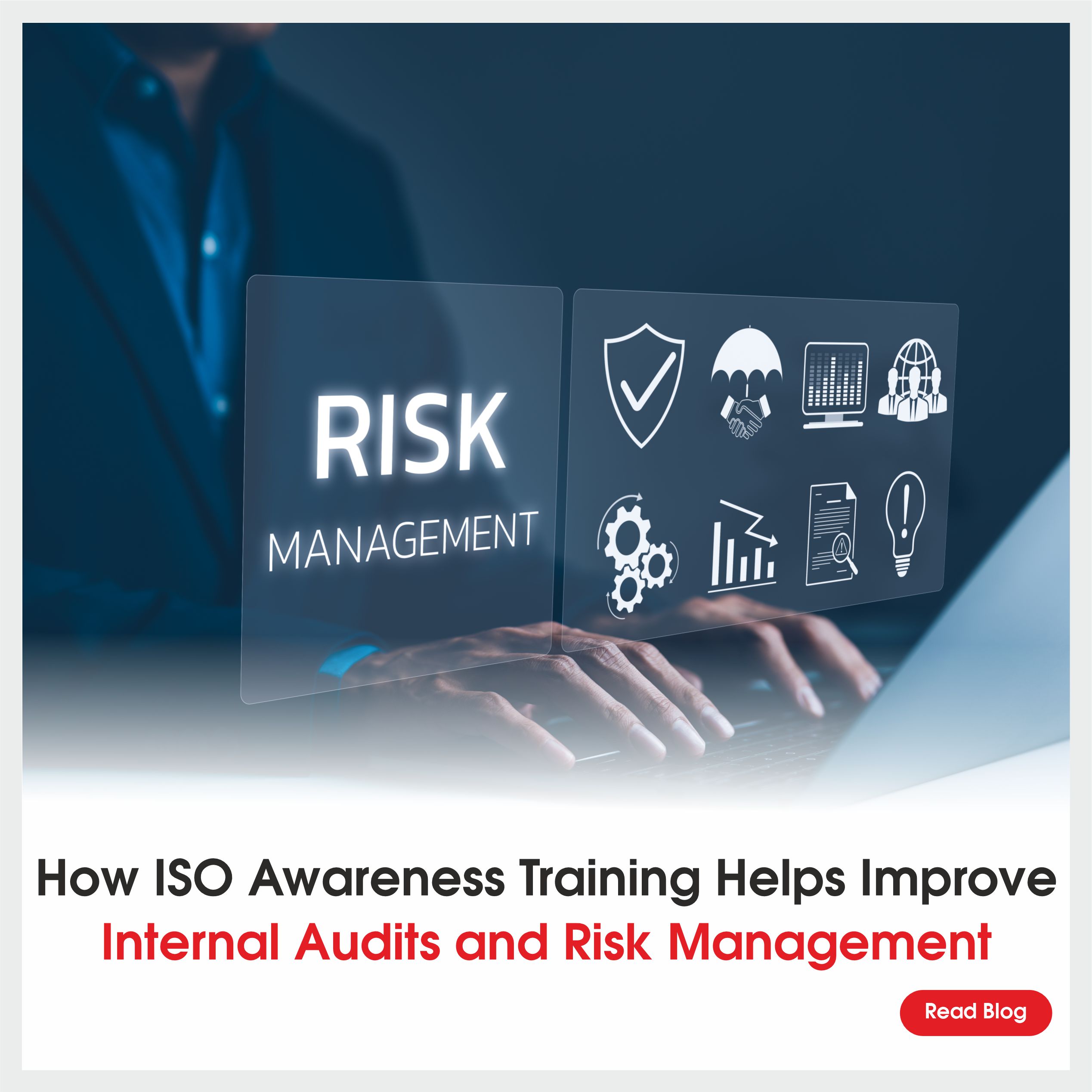The whole world is talking about and emphasising the significance of HSE; HSE stands for Health, Safety, and Environment. It’s a broad discipline that includes practices, policies, and procedures to protect employees, visitors, contractors, and the environment. Moreover, the S in HSE stands for safety, which aims to reduce hazards, prevent accidents and injuries, and promote sustainable practices.
What are the standards for Health and Safety? ⮯
ISO 45001 is an internationally recognized and widely used Occupational Health and Safety Management System (OHSMS). The standard aims to reduce and eliminate work-related injuries, accidents, and diseases to protect employees and visitors. The standard applies to any organization, regardless of size, industry, or geographic location. Moreover, the standard is effective for higher-risk industries like construction, manufacturing, oil and gas, mining, and agriculture.
Evolution of ISO 45001 Certification
The International Organisation for Standardisation (ISO) has developed the ISO 45001:2018 certification. The standard was proposed in 2007; however, it was published in 2013. So, the first published version of the standard was ISO 45001:2013 certification, and the standard was last updated in 2018.
OHSAS 18001 was the first occupational health and safety standard published in 1996. Later, with the introduction of ISO 45001, the Occupational Health and Safety Management System (OHSMS) replaced OHSAS.
Elements of ISO 45001:2018 Standard

What is HIRA in the ISO 45001 standard? ⮯
Occupational Health and Safety Management System (OHSMS) is a widely used certification to ensure the safety and well-being of employees in an organization. The ISO 45001:2018 standard has a separate clause, Clause 6.1.2.1., to help organizations create a safe and healthy work environment. Moreover, it requires an organization to identify and eliminate the potential work-related risks and hazards to address them proactively.
Hazard Identification and Risk Assessment (HIRA) offers a systematic method for evaluating work-related hazards and risks. Moreover, it helps organizations to frame comprehensive metrics for identifying hazards and implementing risk-management strategies.
Purpose of Hazard Identification and Risk Assessment (HIRA)
- It helps organizations recognize all those factors that can cause injuries to workers.
- The assessment determines potential threats and opportunities to evaluate their severities and address them accordingly.
- It assesses existing controls and safety measures in the management system to understand their effectiveness.
- The assessment recommends ISO 45001 controls and measures to manage the potential hazards.
Factors that influence Hazard Identification and Risk Assessment (HIRA) ⮯
Continuous improvement in education is a key process that serves to guarantee that children receive the best education possible. This technique entails continuous reviewing and improvement in teaching methods, curriculum, and learning environments to find areas for improvement and make changes to improve student learning results.
Continuous improvement is fundamentally about always striving for perfection. It necessitates the establishment of objectives and making improvements as and when required to meet their goals. This type of approach is very significant in education.
There are several benefits to exercising a continuous improvement strategy in education. One of the most significant is that it helps children get a high-quality education that boosts their confidence and prepares them to work for their goals. Teachers will get up to date with the latest methods and research by regularly keeping an eye on the teaching techniques and curriculum.
Fostering an innovative and collaborative culture among educators is another advantage of continual development. Continuous improvement has the potential to foster a community of educators committed to giving children the best education possible by empowering them to take prudent risks, try out novel strategies, and share their triumphs and disappointments.
The promotion of equity in education is arguably the most significant benefit of continuous improvement. Through continuous assessment and improvement of teaching strategies and curricula, educators may spot and close gaps in learning outcomes and guarantee that every student has access to the tools and assistance they require to achieve.
Factors that influence Hazard Identification and Risk Assessment (HIRA)
The following factors can impact the Hazard Identification and Risk Assessment (HIRA); these are:
- Workplace or Process Changes: Any changes to the workspace, tools, or procedures could introduce new risks, calling for an evaluation of the HIRA.
- Occurrence of Incidents: Any incidents or near-misses at the workplace can set off an expeditious HIRA review to pinpoint and rectify the root causes.
- Adopting Industry Best Practices: A review of the HIRA ensures compliance with current standards to modify occupational health and safety laws to improve risk management techniques.
- Feedback from Employees: Employee concerns or recommendations regarding potential risks can prompt a thorough review of the Hazard Identification and Risk Assessment (HIRA) to ascertain their validity.
Conclusion ✅
An efficient Occupational Health and Safety Management System (OHSMS) must include the HIRA (Hazard Identification and Risk Assessment) process. It helps businesses to eliminate possible risks in the workplace by evaluating risks and creating suitable policies.




